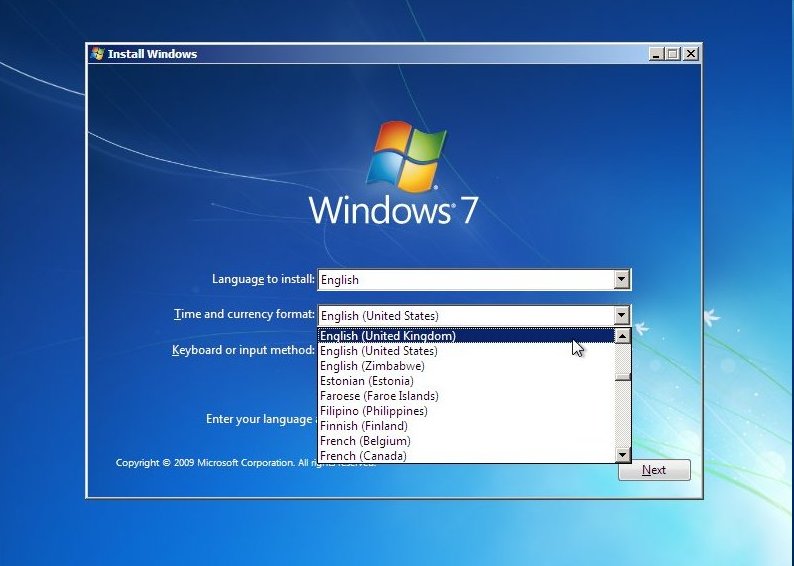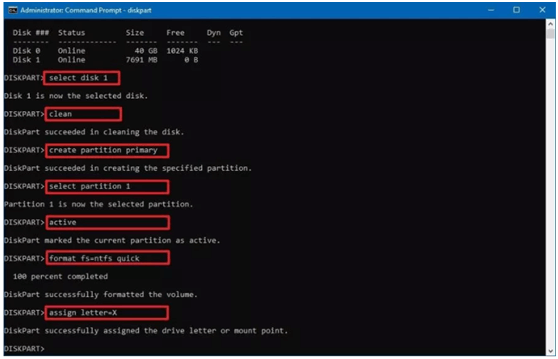

- #How To Install Gphoto2 On Windows how to#
- #How To Install Gphoto2 On Windows driver#
- #How To Install Gphoto2 On Windows full#
#How To Install Gphoto2 On Windows driver#
If you don't have the video loopback driver installed, you need to install it first. If you don't have gphoto2 installed, you need to install it first. If you leave back-button focus on, you will get errors relating to shutter button half press.
#How To Install Gphoto2 On Windows how to#
If you use back button-focus you already know how to do this. If you have back-button focus enabled, you need to set focus back the the half press of the shutter key. On my Canon 6D Mark ii this is "Auto power off: Disable" on the wrench screen 2. Set your camera so that it does not automatically power off.

You will need a supported camera and a USB cable to connect the camera to your computer. You will find a list of cameras supported by this method atįortunately, my Canon cameras are all supported. Make sure your camera make and model is supported. This is achieved using the combination of gphoto2, ffmpeg, and v42loopback. All you need is a camera and a USB cable. In this video, I show you how to use pretty much any camera as a webcam for OBS without any special software or hardware adapters.
#How To Install Gphoto2 On Windows full#
This allows you to use a high quality camera for the video input, and gives you the full control that you get with a digital camera. Lots of us have good DSLR type cameras, and these can act as a webcam for input to OBS (and any other tool that can use a webcam source). It can also be used to create a virtual webcam to act as input to tools such as Jitsi, Skype and Zoom. OBS is a great tool for live streaming and recording a presentation or training. I found this very useful for me and it did work with my Canon 5D Mark 3 If you see any errors about the device being in use you need to kill the gvfs-gphoto2-volume-monitor process by running killall gvfs-gphoto2-volume-monitor. This will create a video device in /dev/video1, which you can now use in programs like VLC. Gphoto2 -stdout -capture-movie | gst-launch-1.0 fdsrc ! decodebin3 name=dec ! queue ! videoconvert ! v4l2sink device=/dev/video1 Below is the updated command to create a video device from your digital camera: I am using Ubuntu 17.04 which uses gst-launch-1.0. I've seen older tutorials on this task that use gst-launch-0.10 to achieve the next step of this task (e.g. Then run sudo modprobe v4l2loopback to activate the kernel module needed to create a video device from your camera. Here's the output when connecting a Canon EOS 1200D Then run gphoto2 -abilities to see if your camera is capable of doing this. Plug in your camera via USB (when the camera mounts automatically, unmount it). Sudo apt-get install gphoto2 v4l2loopback-utils First, you must install gphoto and v4l2loopback-utils. This can be done but requires a number of steps.


 0 kommentar(er)
0 kommentar(er)
